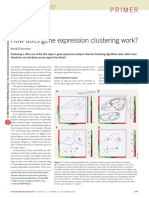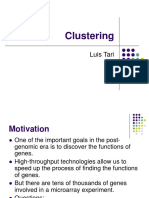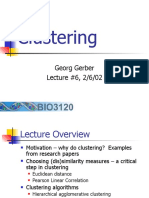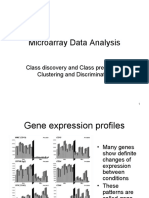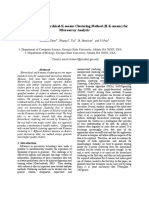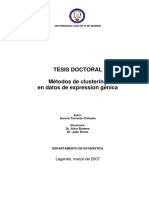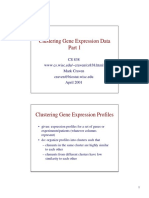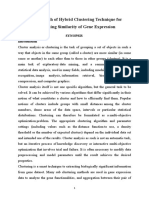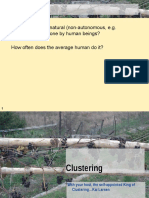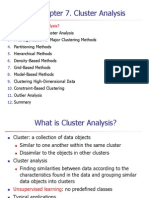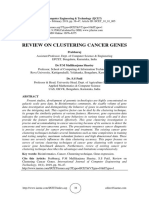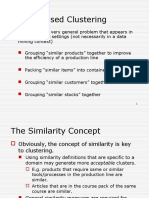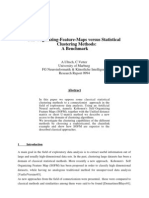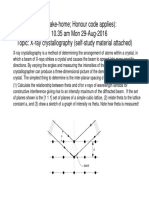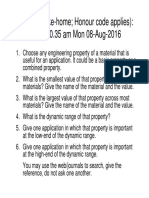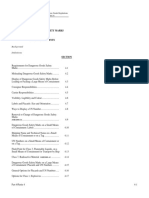0% found this document useful (0 votes)
47 views79 pages5 Microarray PDF
This document discusses data mining in transcriptomics databases. It provides three key points:
1. It describes various technologies used for genome-wide expression profiling like microarrays and RNA sequencing. It also discusses how the resulting data is organized and classified in databases.
2. It provides examples of several existing public databases that store and provide access to gene expression data from microarray and RNA-seq experiments. This includes databases for specific model organisms like FlyView and databases with a broader scope like Stanford Microarray Database.
3. It gives an overview of common analytical methods used for mining gene expression data, such as clustering, to group genes or samples based on similarity in expression patterns. It also discusses distance and similarity
Uploaded by
Swapnil GudmalwarCopyright
© © All Rights Reserved
We take content rights seriously. If you suspect this is your content, claim it here.
Available Formats
Download as PDF, TXT or read online on Scribd
0% found this document useful (0 votes)
47 views79 pages5 Microarray PDF
This document discusses data mining in transcriptomics databases. It provides three key points:
1. It describes various technologies used for genome-wide expression profiling like microarrays and RNA sequencing. It also discusses how the resulting data is organized and classified in databases.
2. It provides examples of several existing public databases that store and provide access to gene expression data from microarray and RNA-seq experiments. This includes databases for specific model organisms like FlyView and databases with a broader scope like Stanford Microarray Database.
3. It gives an overview of common analytical methods used for mining gene expression data, such as clustering, to group genes or samples based on similarity in expression patterns. It also discusses distance and similarity
Uploaded by
Swapnil GudmalwarCopyright
© © All Rights Reserved
We take content rights seriously. If you suspect this is your content, claim it here.
Available Formats
Download as PDF, TXT or read online on Scribd
/ 79




